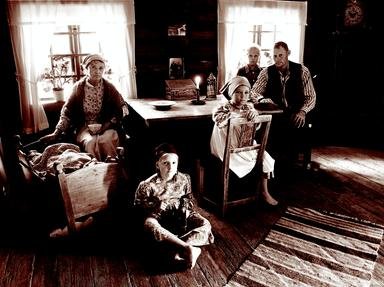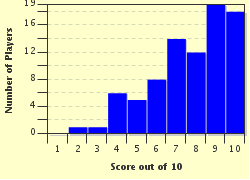Quiz Answer Key and Fun Facts
1. In 1830, the very first wagons head west on the Oregon Trail. Which of the following states does the Oregon Trail pass through?
2. Who led the slave rebellion that occurred in 1831 in Southampton County, Virginia?
3. Abraham Lincoln, Winfield Scott, Zachary Taylor, and Jefferson Davis all fought in this conflict that occurred in 1832. What was its name?
4. What practice did German immigrants introduce to the United States in the 1830s?
5. In the early 1830s, members of five Indian tribes in the southeastern United States were forced to walk the Trail of Tears to an area in what modern U.S. state?
6. Andrew Jackson easily won re-election to the presidency in 1832. What man (who ran for president several times but never won) did he defeat?
7. Let's hope you "remember" this event that occurred between February 23 and March 6, 1836.
8. A new American political party held its first national convention in 1836. What was the name of this party, to which four American presidents belonged, which was dissolved in 1854?
9. Martin van Buren was elected as president in 1836. What man, who was to be elected president himself in 1840, finished second in the election?
10. What financial crisis caused a recession for seven years in the United States, and made Martin van Buren an extremely unpopular president?
Source: Author
LIBGOV
This quiz was reviewed by FunTrivia editor
gtho4 before going online.
Any errors found in FunTrivia content are routinely corrected through our feedback system.


